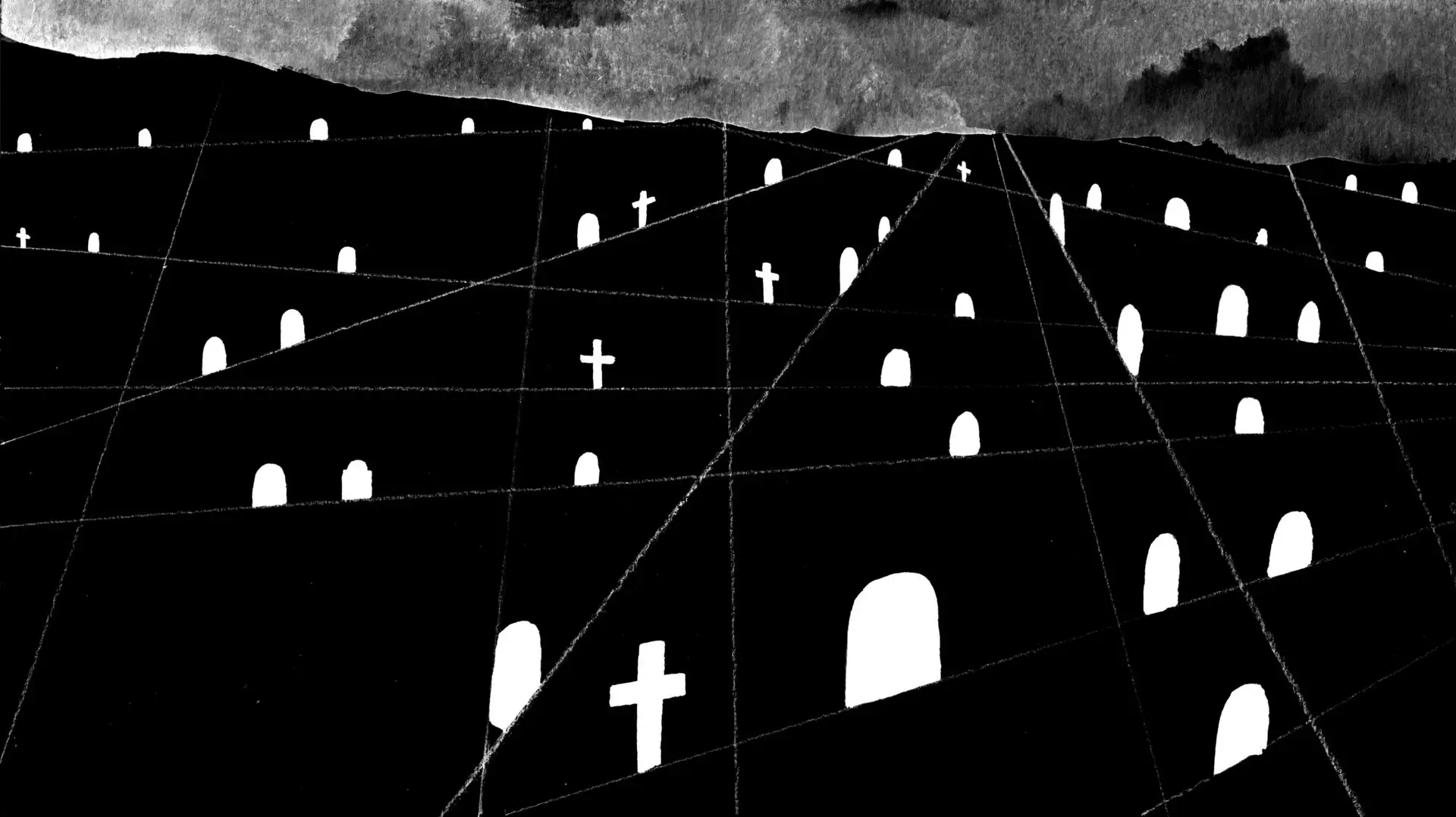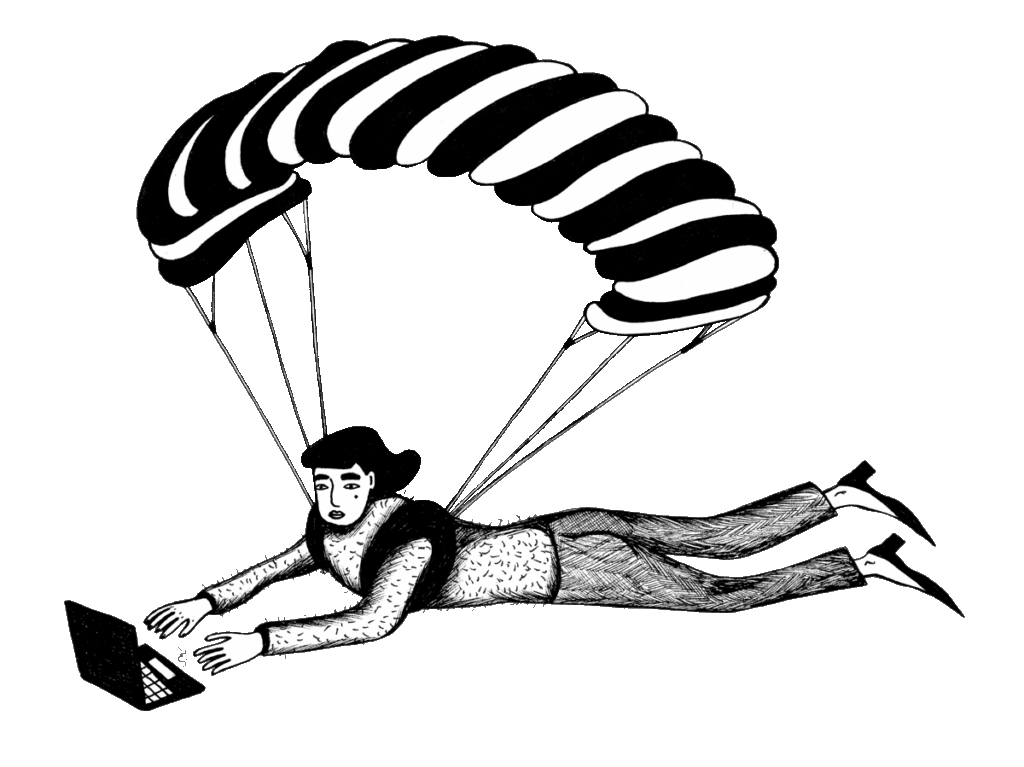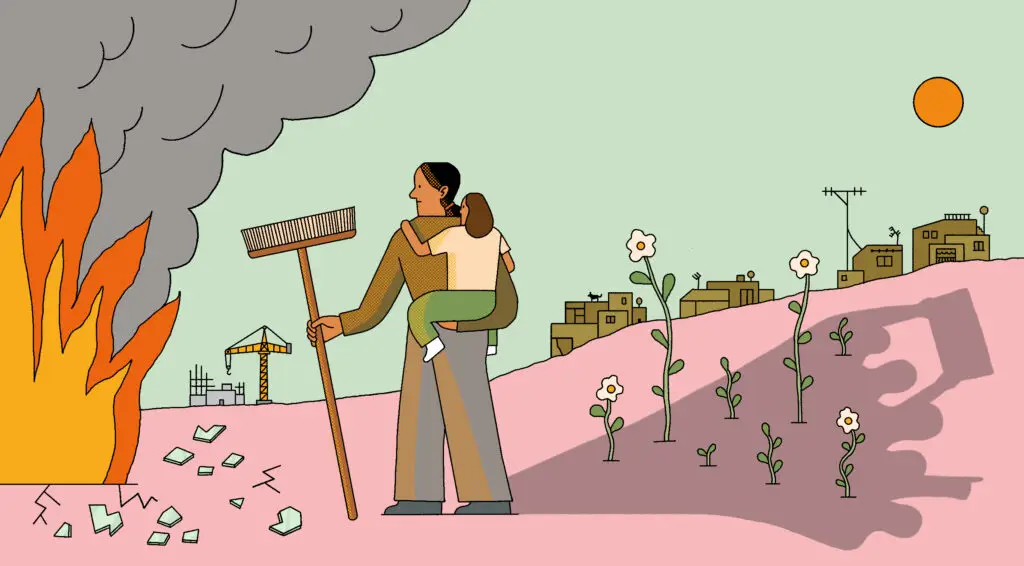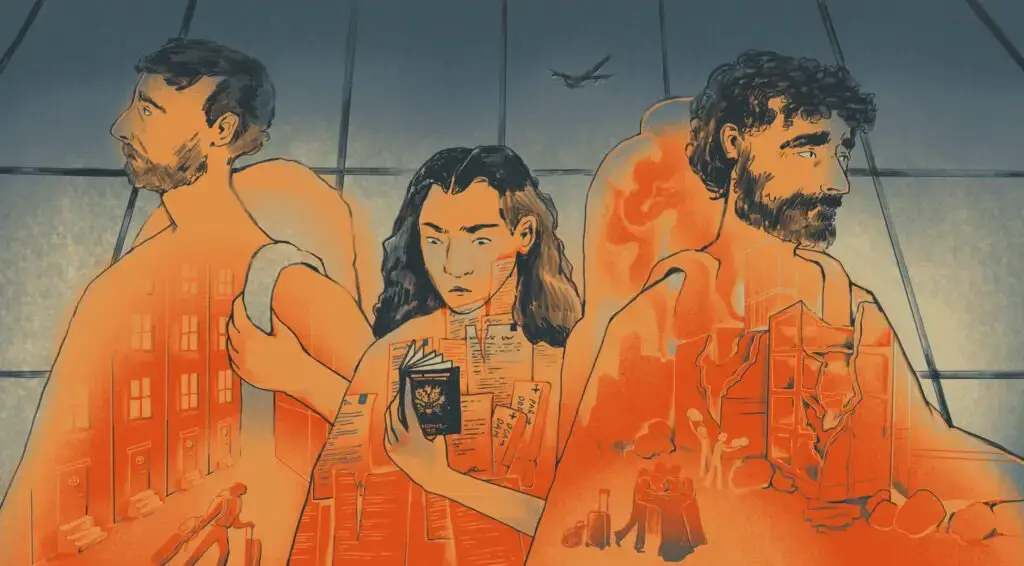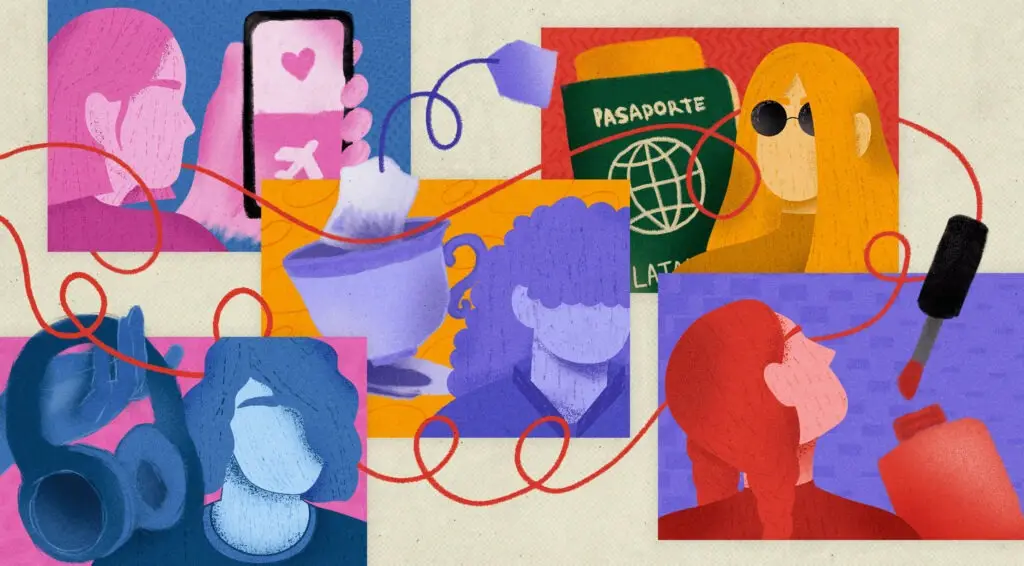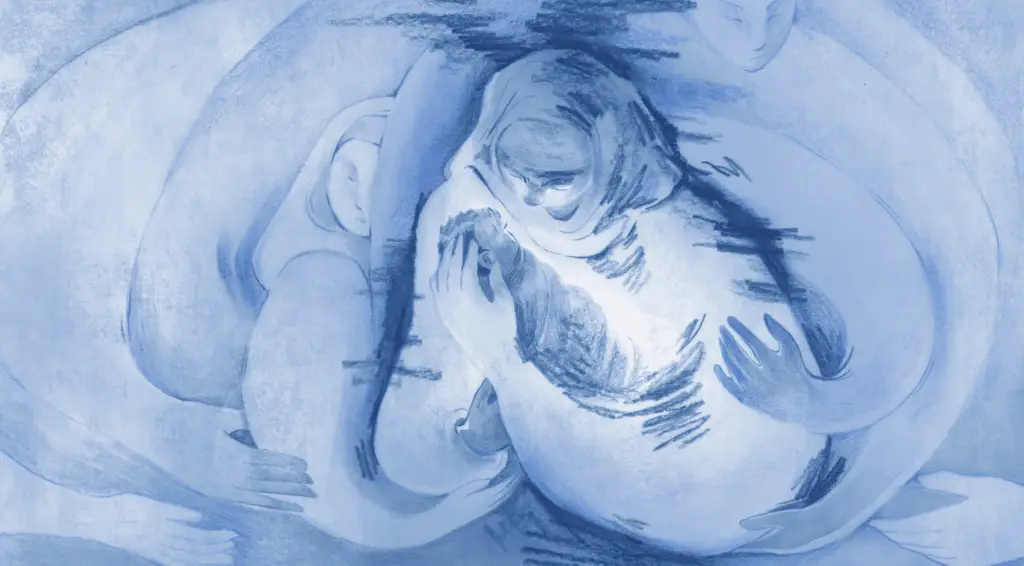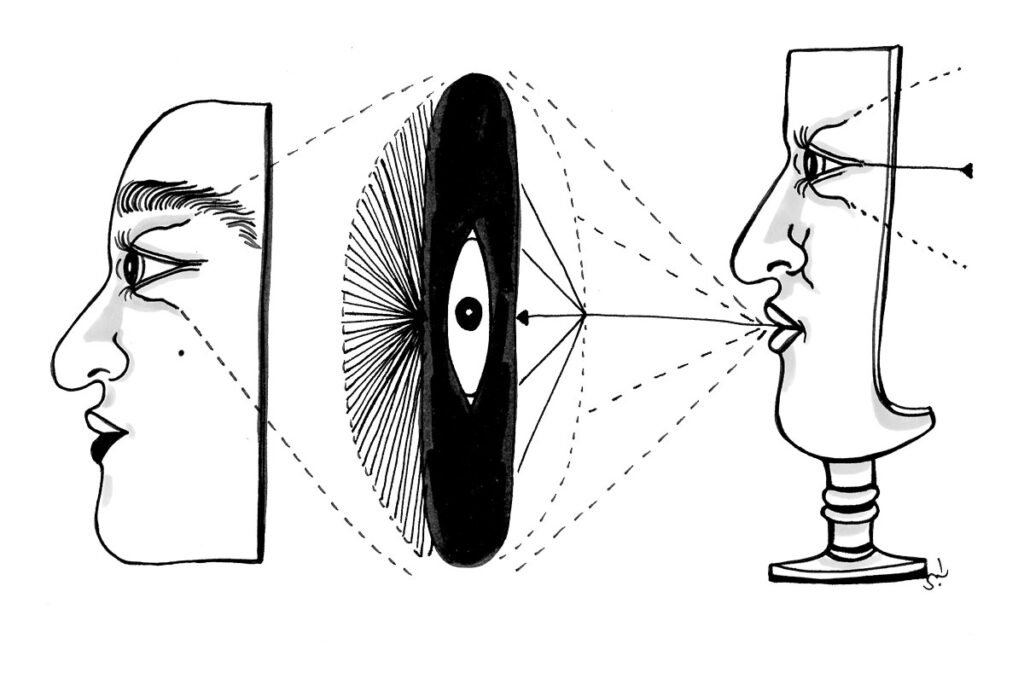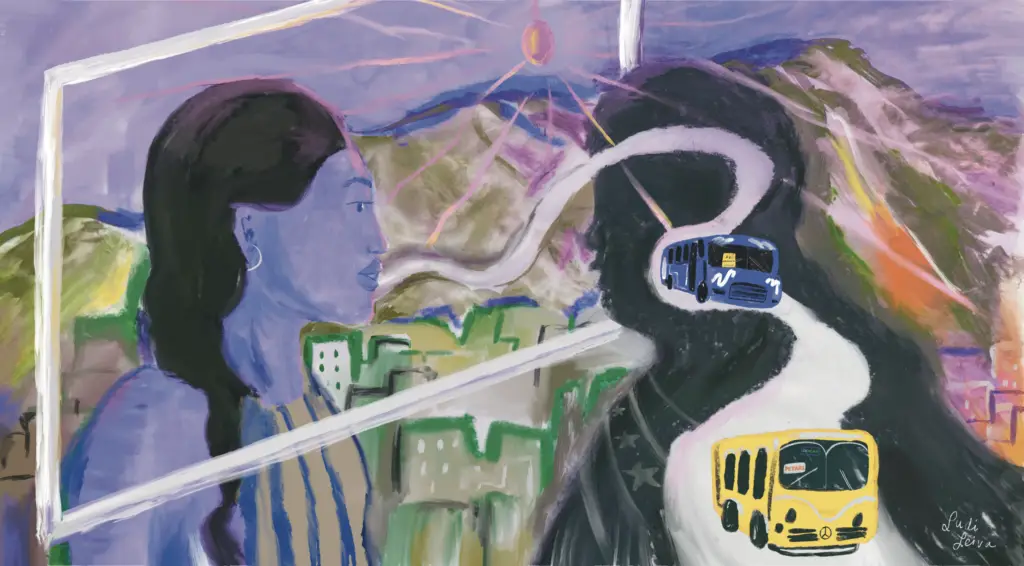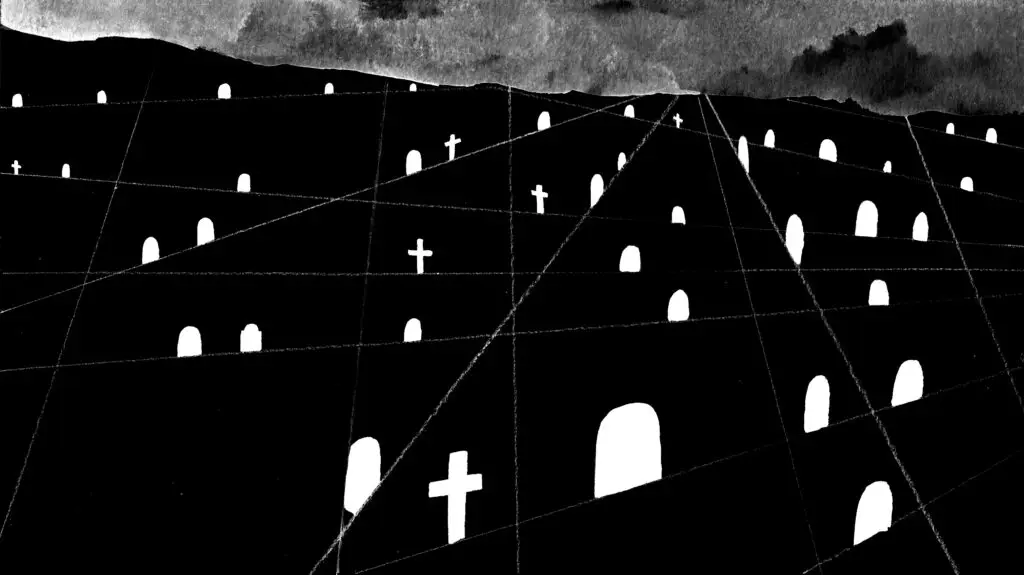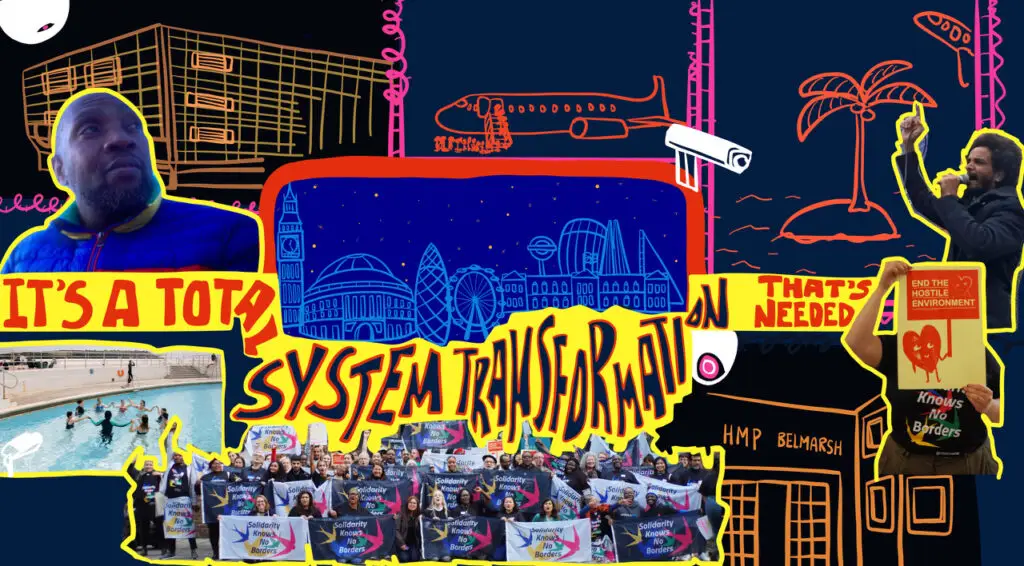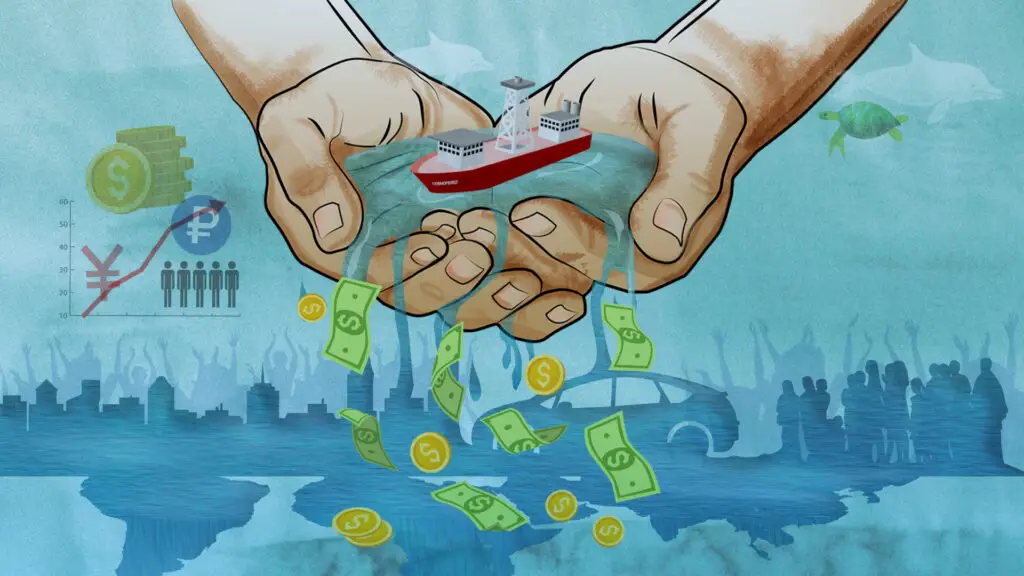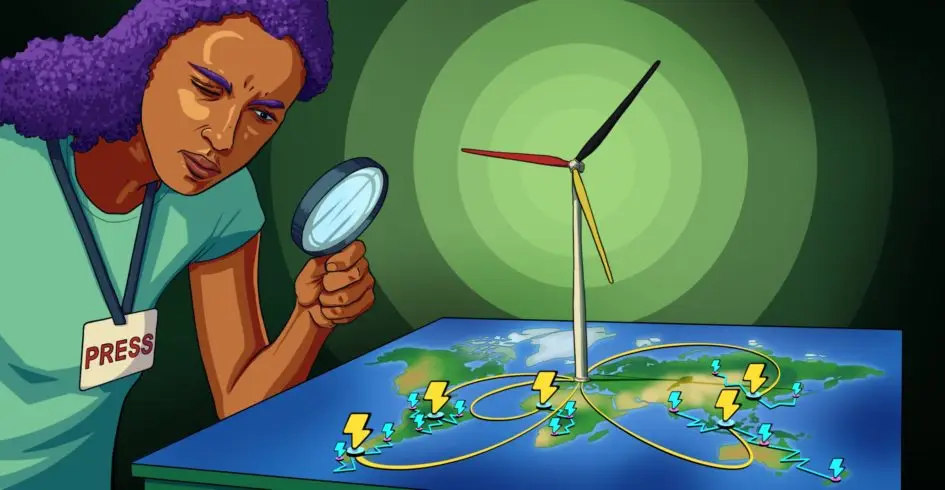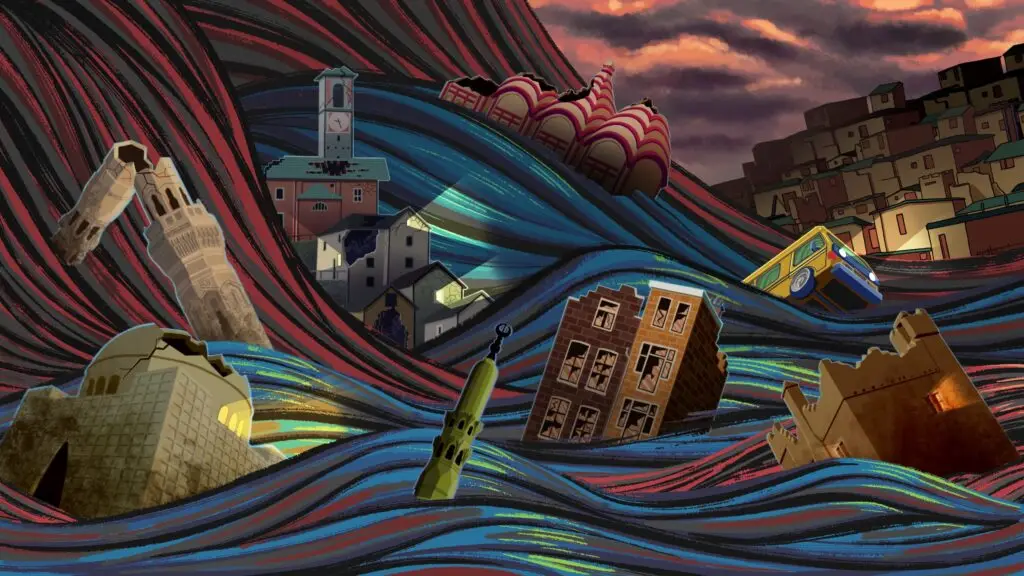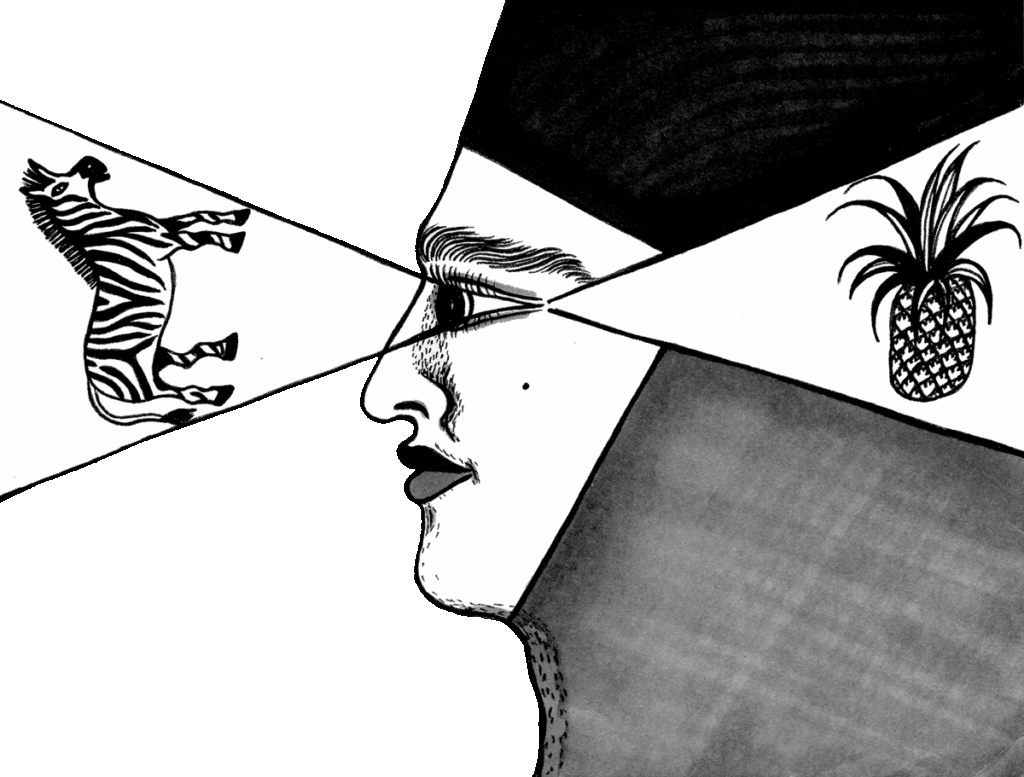The phone rang on a morning in October 2022 at work, in Finland, where 35-year-old Mohamed Samim has been living for the last ten years or so.
His nephew did not have good news: his brother Samim, Tarin Mohamad, along with his son and two daughters, was on a boat that sank near a Greek island, having sailed from the Turkish coast to Italy.
When Samim arrived in Kythera the next day, he learned that – although weak after not eating for three days – his brother had managed to save his family before a wave took him away. He immediately went to the site of the wreck. In the water he saw bodies floating – he couldn’t see his brother’s face, but he recognized his back.
The Coast Guard said that the bad weather had to pass before they could pull the dead from the sea. The first day passed, the second day passed, until on the third day it was finally possible. The coastguard confirmed that 8 Beaufort winds and the morphology of the area made it impossible to retrieve the bodies. Samim will never forget the sight of his brother at sea.
In Kalamata, it took four days of shifting responsibility between the hospital and the Coast Guard, and the help of a local lawyer who “came and yelled at them” to allow him to follow the identification process of his brother.
He was warned that it would be a soul-crushing procedure, and that he would have to wear a triple mask because of the smell. Samim says that due to a lack of space in the morgue’s refrigerators, some of the wreck victims were kept in the chamber outside the refrigerator.
"The stress and the smell. Our knees were shaking", recalls Samim when we meet him in Kythera a year later.
They started showing him decomposing bodies. First the ones outside the refrigerator. He didn’t recognize him among them. They went out and changed the masks they wore, returned, opened the refrigerators in turn, reaching the last one.
“He was lying there, calm. The man you love. We were kind of happy that, after days, we could see him,” Samim said.
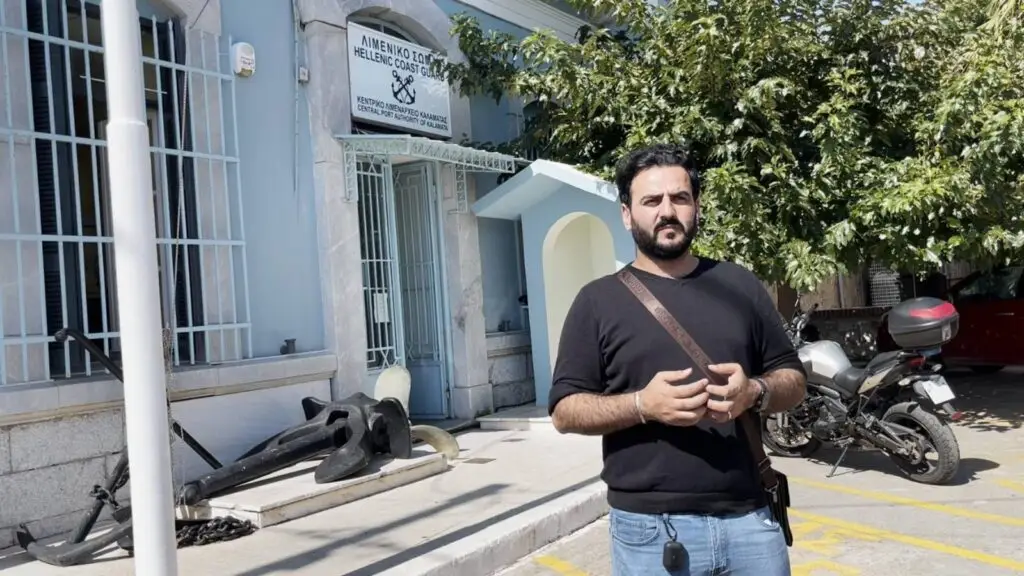
Unclaimed dead
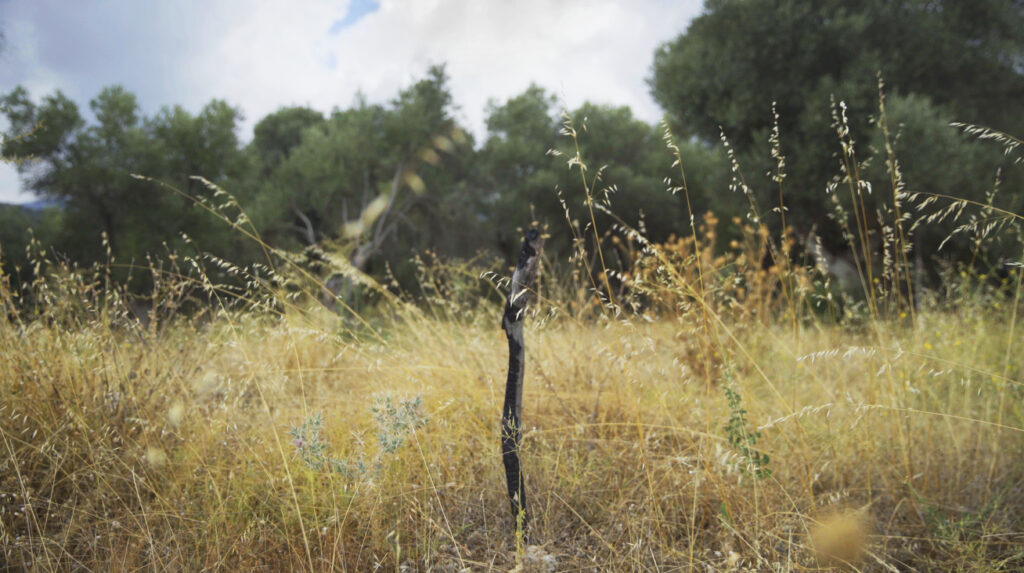
The number of people dying at Europe’s borders is growing. In addition to the difficulty of recording the deaths, there is also the challenge of identifying the bodies, a traumatic process for the relatives. In some cases, however, there are bodies that remain unidentified, hundreds of men, women and children buried in unidentified graves.
In July 2023, the European Parliament adopted a resolution recognising the right to identification of people who lose their lives trying to reach Europe, but to date there is no centralised registration system at a pan-European level. Nor is there a single procedure for the handling of bodies that end up in mortuaries, funeral homes – even refrigerated containers.
The problem is “utterly neglected”, European Commissioner for Human Rights Dunja Mijatovic told Solomon, and added that EU countries are failing in their obligations under international human rights law”. The tragedy of the missing migrants has reached horrifying proportions. The issue requires immediate action,” she added.
The International Organization for Migration’s (IOM) Missing Migrants platform, which acknowledges that its data is not a comprehensive record, reports more than 1,090 missing refugees and migrants in Europe since 2014.
As part of the Border Graves investigation, eight European journalists, together with Unbias the News, the Guardian, Süddeutsche Zeitung, and Solomon, have spent seven months investigating what happens to the thousands of unidentified bodies of those who die at European borders, and for the first time they have recorded almost double that number: according to the data collected, more than 2,162 people died between 2014 and 2023.
We studied documents and interviewed state coroners, prosecutors and funeral home workers; residents and relatives of the deceased and missing; and gained exclusive access to unpublished data from the International Committee of the Red Cross.
In 65 cemeteries along the European border - Greece, Spain, Italy, Malta, Poland, Lithuania, France, Spain, Italy, Malta, Lithuania, France and Croatia - we have recorded more than 1,000 unidentified graves from the last decade.
The investigation documents how state indifference to the dignified burial of people who die at the border is pervasive in European countries.
In Greece, we recorded more than 540 unidentified refugee graves, 54% of the total recorded by the European survey. We travelled to the Aegean islands and Evros, and found graves in fields sometimes covered by weeds, and marble slabs with dates of death erased, while in other cases a piece of wood with a number is the only marking.
The data from our survey, combined with the data from the International Committee of the Red Cross, is not an exhaustive account of the issue. However, they do capture for the first time the gaps and difficulties of a system that leads to thousands of families not knowing where their relatives are buried.
Lesvos: 167 unidentified refugee graves
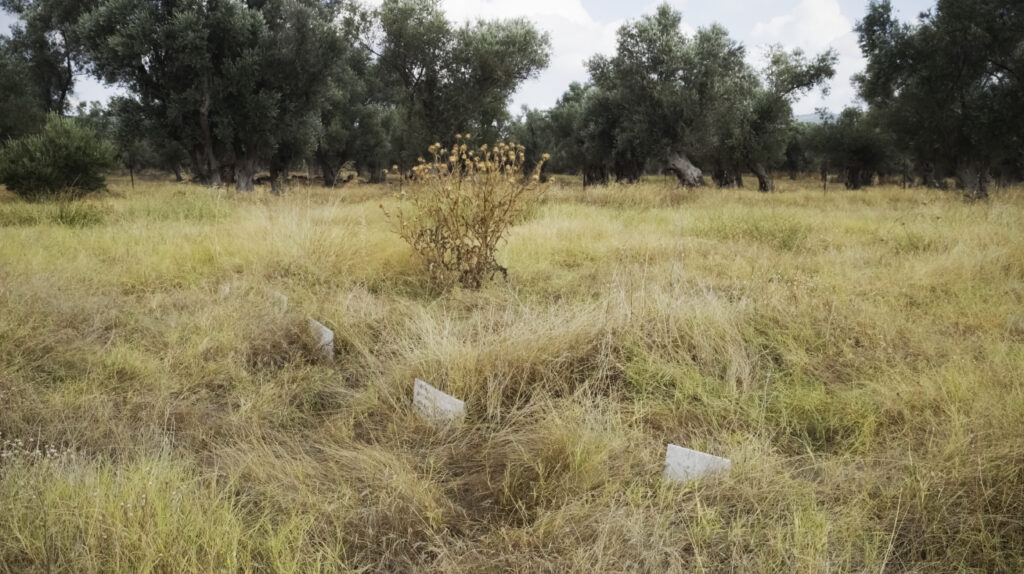
A long dirt road surrounded by olive trees leads to the gate of the cemetery of Kato Tritos, which is usually locked with a padlock.
The “graveyard of refugees,” as they call it on the island, is located about 15 kilometers west of Mytilene. It is the only burial site exclusively for refugees and migrants in Greece.
During one of our visits, the funeral of four children was taking place. They lost their lives on August 28, 2023, when the boat they were on with 18 other people sank southeast of Lesvos.
The grieving mother and several women, including family members, sat under a tree, while the men prayed near the shed used for the burial process, according to Islamic tradition.
In Kato Tritos and Agios Panteleimonas, the cemetery on Mytilene where people who died while migrating had been buried until then, we counted a total of 167 unidentified graves from between 2014-2023.
Local journalist and former member of the North Aegean Regional Council Nikos Manavis explains that the cemetery was created in 2015 in an olive grove belonging to the municipality of Mytilene due to an emergency: a deadly shipwreck in the north of the island on October 28 of that year resulted in at least 60 dead, for whom the island’s cemeteries were not sufficient.
Many shipwreck victims remain buried in unidentified graves. Gravestones are marked with the estimated age of the deceased and the date of burial, sometimes only a number. Other times, a piece of wood and surrounding stones mark the grave.
"What we see is a field, not a graveyard. It shows no respect for the people who were buried here."
Nikos Manavis
This lack of respect for the Lower Third Cemetery mobilized the Earth Medicine organization. As Dimitris Patounis, a member of the NGO, explains, in January 2022 they made a proposal to the municipality of Mytilene for the restoration of the cemetery. Their plan is to create a place of rest with respect and dignity, where refugees and asylum seekers can satisfy the most sacred human need, mourning for their loved ones.
Although the city council approved the proposal in the spring of 2023, the October municipal elections delayed the project. Patounis says he is positive that the graves will soon be inventoried and the area fenced.
Christos Mavrachilis, an undertaker at the Agios Panteleimon cemetery, recalls that in 2015 Muslim refugees were buried in a specific area of the cemetery.
“If someone was unidentified, I would write ‘Unknown’ on their grave,” he says. If there were no relatives who could cover the cost, Mavrachilis would cut a marble himself and write as much information as he could on the death certificate. “They were people too,” he says, “I did what I could.”
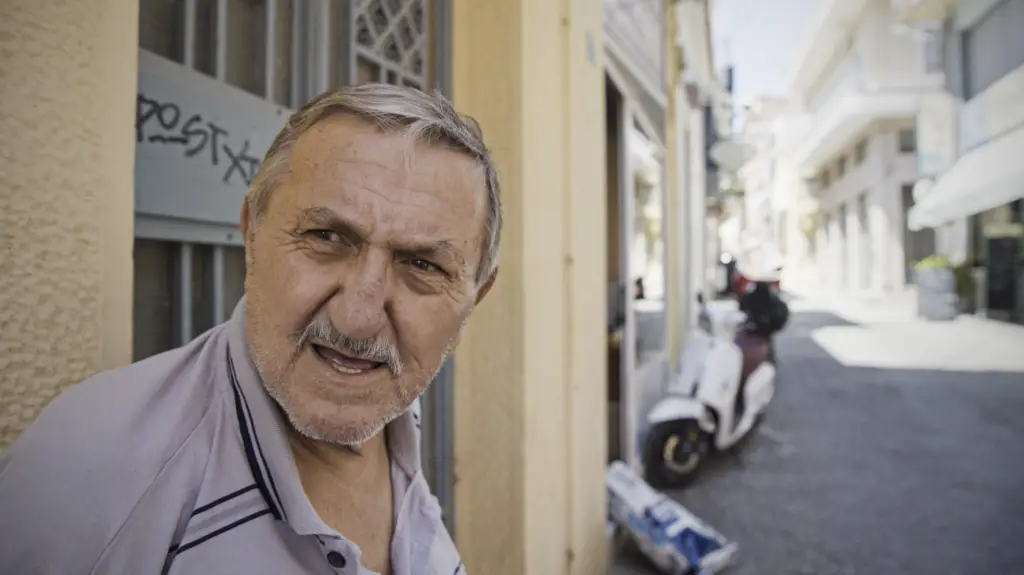
For his part, Thomas Vanavakis, a former owner of a funeral parlour that offered services in Lesvos until 2020, also says that they often had to cover burials without receiving payment. “Do you know how many times we went into the sea and paid workers out of our own pockets to pull out the bodies and didn’t get a penny?” he says.
Efi Latsoudi, who lives in Lesvos and works for Refugee Support Aegean (RSA), says that in 2015 there were burials that the municipality of Mytilene could not cover, and sometimes “the people who participated in the ceremony paid for them. We were trying to give a dignity to the process. But it was not enough,” she says.
Latsoudi recalls something a refugee had mentioned to her in 2015: 'The worst thing that can happen to us is to die somewhere far away and have no one at our funeral'.
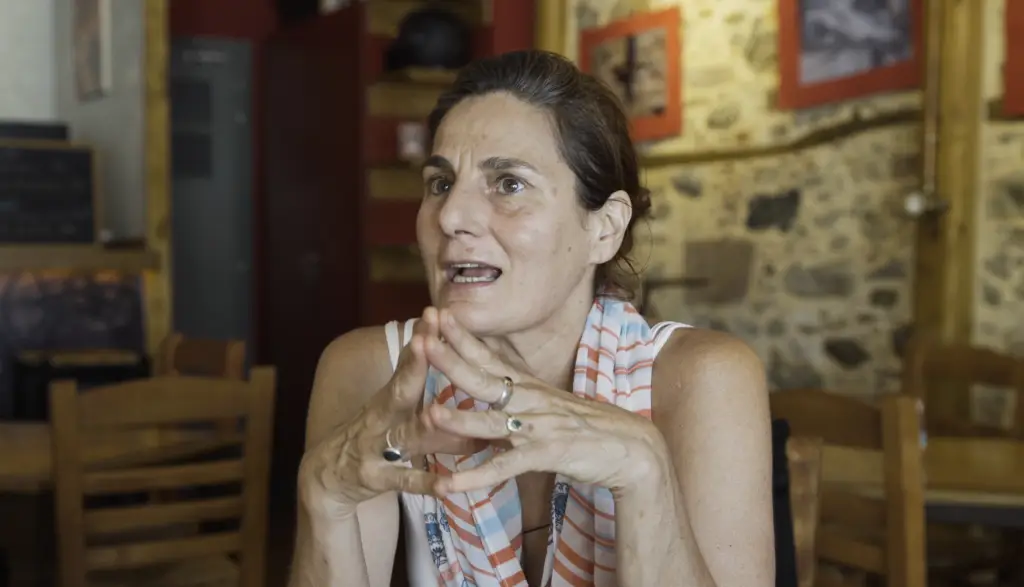
The municipality of Mytilene did not answer our questions regarding the dignified burial of refugees in the cemeteries under its responsibility.
Chios and Samos: graves covered by weeds
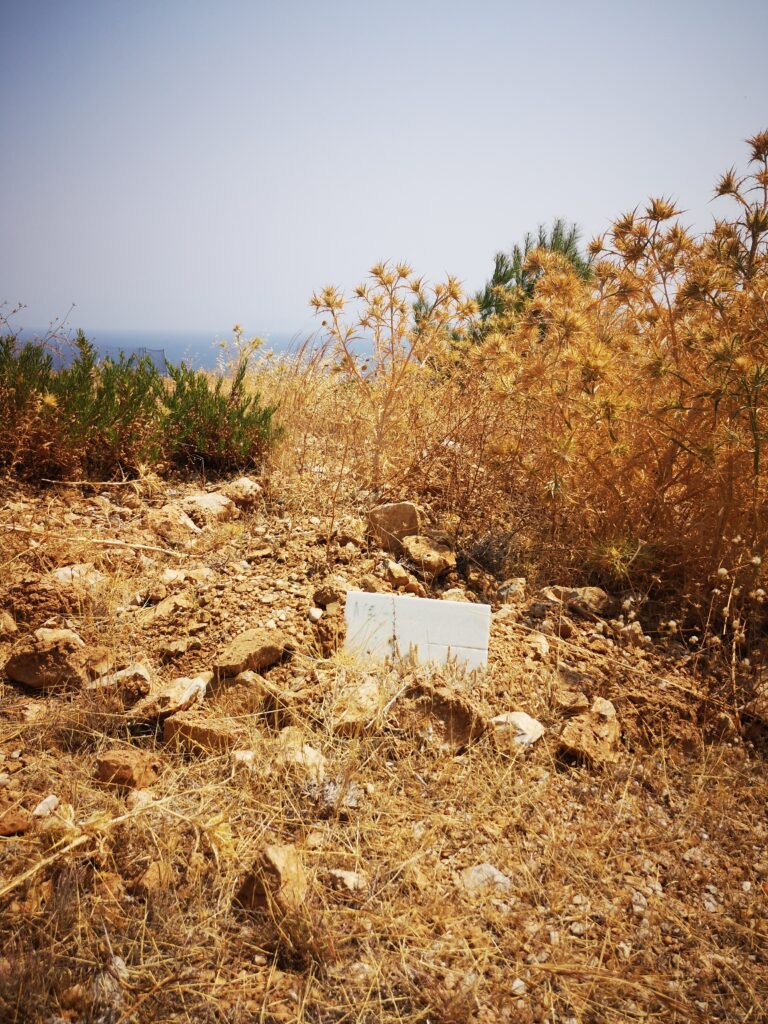
According to Greek legislation, the local government (and in case of its inability, the region) covers the cost of the burial of both unidentified people who die at the border and those who are in financial difficulty.
For its part, the Municipal Authority of Chios stated that funding is provided for the relevant costs, and that “within the framework of its responsibilities for the cemeteries, it maintains and cares for all the sites, without discrimination and with the required respect for all the dead.”
But during our visit in August to the cemetery in Mersinidi, a few kilometers north of Chios town, where refugees are buried next to the graves of the locals, it was not difficult to spot the separation: the five unidentified graves of refugees were marked simply by a marble, usually covered by vegetation.
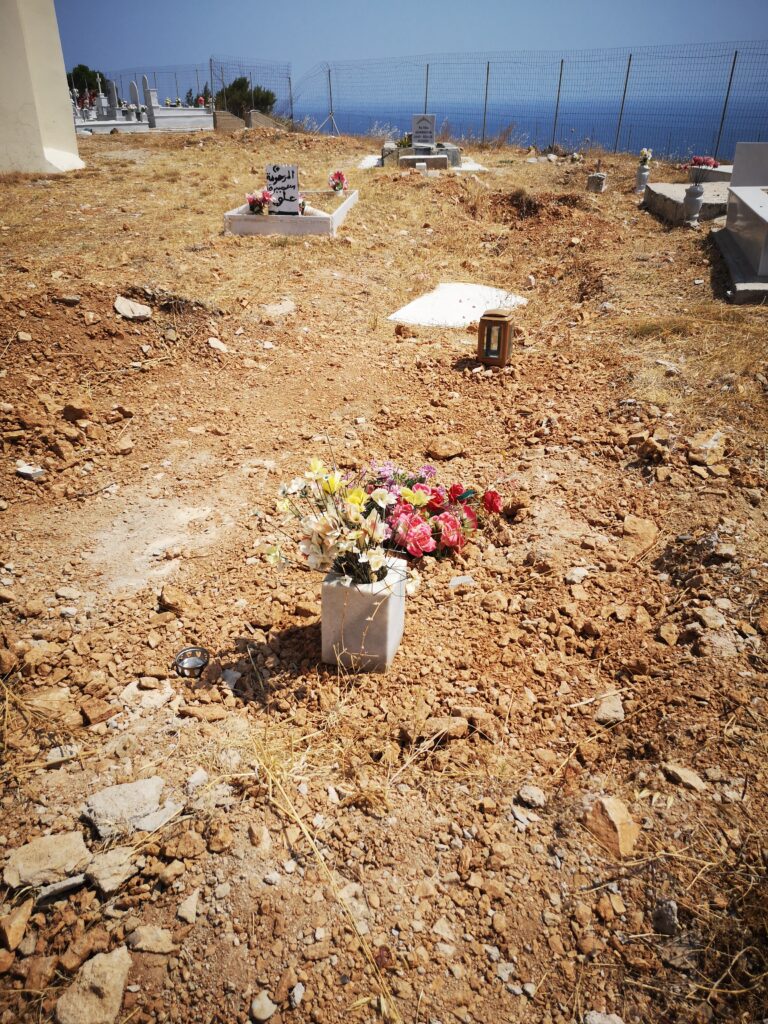
Natasha Strachini, an RSA lawyer living in Chios, has taken part in several funerals of refugees both in Chios and Lesvos. For her, the importance of the local community and presence at such a difficult human moment is very important.
Regarding burials, he explains that “only a good registration system could help relatives to locate the grave of a person they have lost, as usually in cemeteries after three to five years exhumations take place.” He says that sometimes a grave remains unidentified even though the body has been identified, either because the identification process was delayed or because the relatives could not afford to change the grave.
In Heraion of Samos, next to the municipal cemetery, on a plot of land owned by the Metropolis and used as a burial site for refugees, we recorded dozens of graves dating between 2014-2023. The plaques – some broken – placed on the ground, hidden by branches, pine needles and pine cones, simply inscribe a number and the date of burial.
Lawyer Dimitris Choulis, who lives in Samos and handles cases related to the refugee issue, commented: ‘It is a shameful image to see such graves. It is unjustifiable for a modern society like Greece.”
Searching for data
The International Committee of the Red Cross is one of the few international organisations working to identify the dead refugees. Among other things, they have conducted several training sessions in Greece for members of the Coast Guard and the Greek Police.
“We have an obligation to provide the dead with a dignified burial; and the other side, providing answers to families through identification of the dead. If you count the relatives of those who are missing, hundreds of thousands of people are impacted. They don’t know where their loved ones are. Were they well treated, were they respected when they were buried? That’s what preys on families’ minds.”
Laurel Clegg, ICRC forensic Coordinator for Migration to Europe.
“We have an obligation to provide the dead with a dignified burial; and the other side, providing answers to families through identification of the dead. If you count the relatives of those who are missing, hundreds of thousands of people are impacted. They don’t know where their loved ones are. Were they well treated, were they respected when they were buried? That’s what preys on families’ minds,” says Laurel Clegg, ICRC Forensic Coordinator for Migration to Europe.
She explains that keeping track of the dead “consists of lots of parts working well together – a legal framework that protects the unidentified dead, consistent post-mortems, morgues, registries, dignified transport, cemeteries”
However, countries’ “medical and legal systems are proving inadequate to deal with the scale of the problem,” she says.
Since 2013, as part of its programme to restore family links, the Red Cross has registered 16,500 requests in Europe from people looking for their missing relatives. According to the international organisation, only 285 successful matches (1.7%) have been made.
These matches are made by the local forensic experts.
“We always collect DNA samples from unidentified bodies. It is standard practice and may be the only feasible means of identification,” says Panagiotis Kotretsos, a forensic pathologist in Rhodes. The samples are sent to the DNA laboratory of the Criminal Investigation Department of the Greek Police, according to an INTERPOL protocol.
According to the Red Cross, difficulties usually arise when families are outside the EU, and are due to a number of factors, such as differences in the legal framework or medical systems of the countries. For example, some EU countries cannot ‘open’ a case and take DNA samples from families without a mandate from the authorities of the country where the body of the relative being sought has been recovered.
The most difficult part of the DNA identification process is that there needs to be a second sample to be compared with the one collected by the forensic experts, which has to be sent by the families of the missing persons. “For a refugee who started his journey from a country in central Africa, travelled for months, and died in Greece, there will be genetic material in the morgue. But it will remain unmatched until a first-degree relative sends a DNA sample,” says Kotretsos.
He explains that this is not always possible. “We have received calls from relatives who were in Syria, looking for missing family members, and could not send samples precisely because they were in Syria.”
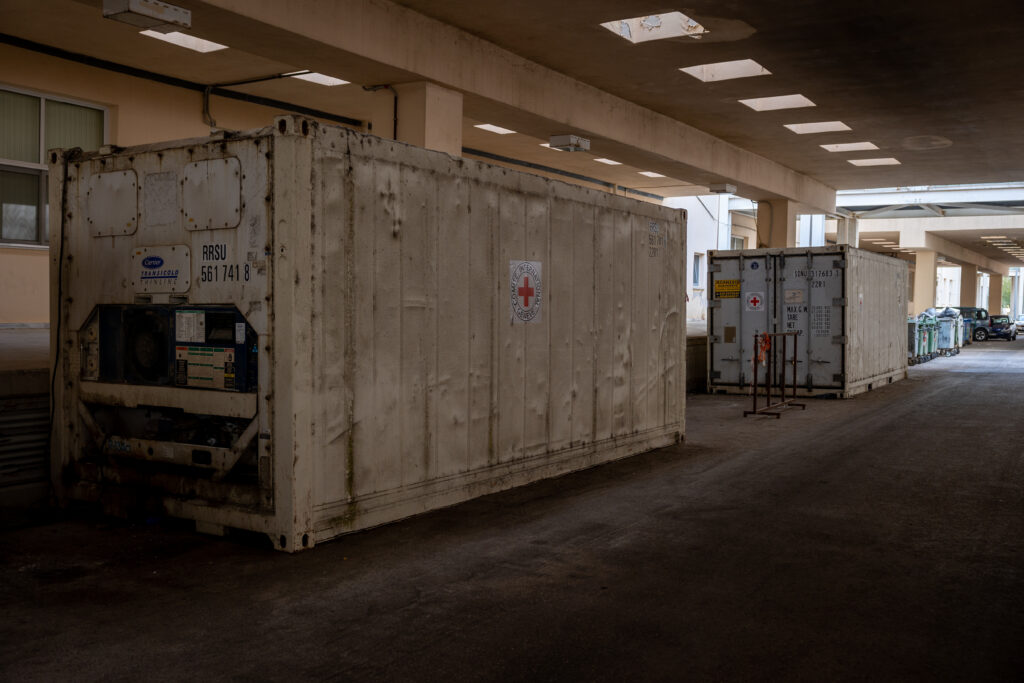
Outside the university hospital of Alexandroupolis, two refrigerated containers provided by the Red Cross as temporary mortuaries house the bodies of 40 refugees.
Pavlos Pavlidis, Professor of Forensic Medicine at the Democritus University of Thrace, has since 2000 performed autopsies on at least 800 bodies of people on the move, with the main causes of death being drowning in the waters of Evros and hypothermia.
The forensic scientist goes beyond the necessary DNA collection: he or she records data such as birthmarks or tattoos and objects (like wallets, rings, glasses), which could be the missing link for a relative looking for a loved one.
He says a total of 313 bodies found in Evros since 2014 remain unidentified. Those that cannot be identified are buried in a special cemetery in Sidiro, which is managed by the municipality of Soufli, while 15-20 unidentified bodies were buried in Orestiada while the Sidiro cemetery was being expanded.
The bodies of Muslim refugees who are identified are buried in the Muslim cemetery in Messouni Komotini or repatriated when relatives can cover the cost of repatriation.
Personal belongings from the bodies of unidentified people found in the Evros region in Greece. Photo: Daphne Tolis
"This is not decent"
In response to questions, the Ministry of Immigration and Asylum said that the issue of identification and burial procedures for refugees does not fall within its competence. A Commission spokesman said that no funds were foreseen for Greece, but that such expenditure “could be supported under the National Programme of the Asylum, Migration and Integration Fund”, which is managed by the Migration Ministry.
Theodoros Nousias is the chief forensic pathologist of the North Aegean Forensic Service, responsible for the islands of Lesvos, Samos, Chios and Lemnos. According to the coroner, the DNA identification procedure has improved a lot compared to a few years ago.
Nusias says he was always available when asked to identify someone. “You have to serve people, that’s why you’re there. To serve people so they can find their family,” he adds.
The coroner lives in Lesvos, but says he has never been to the cemetery in Kato Tritos. “I don’t want to go. It will be difficult for me because most of these people have passed through my hands.”
In October 2022, 32-year-old Suja Ahmadi and his sister Marina also travelled to Kythera and then to Kalamata to identify the body of their father, Abdul Ghasi.
The 65-year-old had started the journey to Italy with his wife Hatige – she survived. The two brothers visited the hospital, where they were shown all eight bodies, male and female, although they had explained from the start that the man they were looking for was a man.
Their father’s body was among those outside the freezer.
“My sister was crying and screaming at them to get our father out of the refrigerator container because he smelled,” Suja recalls. “It was not a decent place for a man.”
About the authors:
Danai Maragoudaki is a Greek journalist based in Athens. She works for independent media outlet Solomon and is a member of their investigative team. Her reporting focuses on transparency, finance, and digital threats.
Daphne Tolis is an award-winning documentary producer/filmmaker and multimedia journalist based in Athens. She has produced and hosted timely documentaries for VICE Greece and has been working as a freelance producer and journalist in Greece for BBC, Newsnight, VICE News, ABC News, PBS Newshour, NPR, Channel 4, and others.
About the investigation:
This article is part of the Border Graves Investigation, made in collaboration with The Guardian and Süddeutsche Zeitung. The Border Graves Investigation team consists of Barbara Matejčić, Daphne Tolis, Danai Maragoudaki, Eoghan Gilmartin, Gabriela Ramirez, Gabriele Cruciata, Leah Pattem, and is coordinated by Tina Xu. This investigation was supported by Investigative Journalism for Europe and Journalismfund Europe. Additional support by Limelight Foundation.

